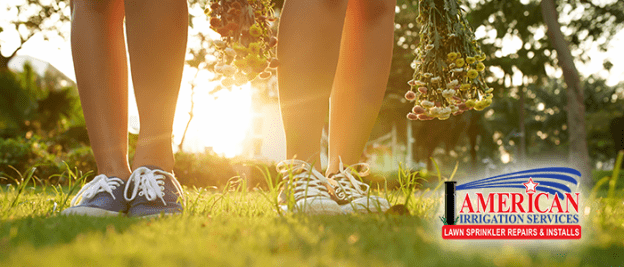In the summer in Florida, there is no limit to the things you can do outside. It is exciting to spend any available opportunity soaking in the sun and enjoying the outdoors. There are also a number of outdoor tasks every homeowner is responsible for. These include taking care of the lawn and keeping the plants well-tended. But equally important, and part and parcel with the others, is maintaining your sprinkler system. This is a step that many people overlook, but a properly maintained irrigation system will not only keep your yard looking great and make your system last longer, but it will also keep your utility bills from skyrocketing and prevent damage to your home. How? Keeping the system well maintained will prevent leaks and damage to your yard and foundation. If you are interested in how to thoroughly inspect your irrigation system in order to prepare for summer, below are some of our top tips.
Summer Irrigation System Inspection Process
Step One: Check the Sprinkler Heads
First things first, before your system comes on, walk around each sprinkler head, and make sure there is nothing blocking them. Any overgrown grass or stones that prevent the sprinkler heads from moving properly can damage the system. Next, when your sprinkler system is running, watch the sprinkler heads to make sure that none of them are broken. You will know pretty quickly is there is any damage as water will flow out like a fountain. Also make a note of which direction they are spraying. Sometimes you may need to adjust the direction they spray or correct the angle if the sprinkler head has been slightly bent. If they are broken, they will need to be replaced.
Step Two: Check the Control Box
Next, check the control box. In most cases, this will need some minor cleaning if nothing else. Verify that the system is scheduled for the appropriate days and times as allowed by your area. A good rule of thumb is to water the lawn before sunrise. This prevents water from sitting all night in the darkness which can cause mold to grow, but it also means your lawn will be able to soak up the water before the heat of the day causes it to evaporate.
Step Three: Monitor the Pressure Levels
Using a pressure gauge, determine what the pressure inside your pipes is at. Pressure that is too high could indicate a blockage somewhere in the system. Pressure that is too low could indicate suggests there is a leak. Ideally, system pressure should be between 30-50 PSI. If your system is running outside of that in either direction, it is time to call your irrigation company. Monitor your utility bills as well. A sudden spike in your water bill can mean either your system is not turning off properly or you have a leak. If you notice that there is regularly standing water in your yard, it could indicate a leak underground that could cause damage to your foundation. To test this, turn on the system and check the area for water spurts or bubbles. If you see either, call you irrigation company immediately to avoid any further damage.






